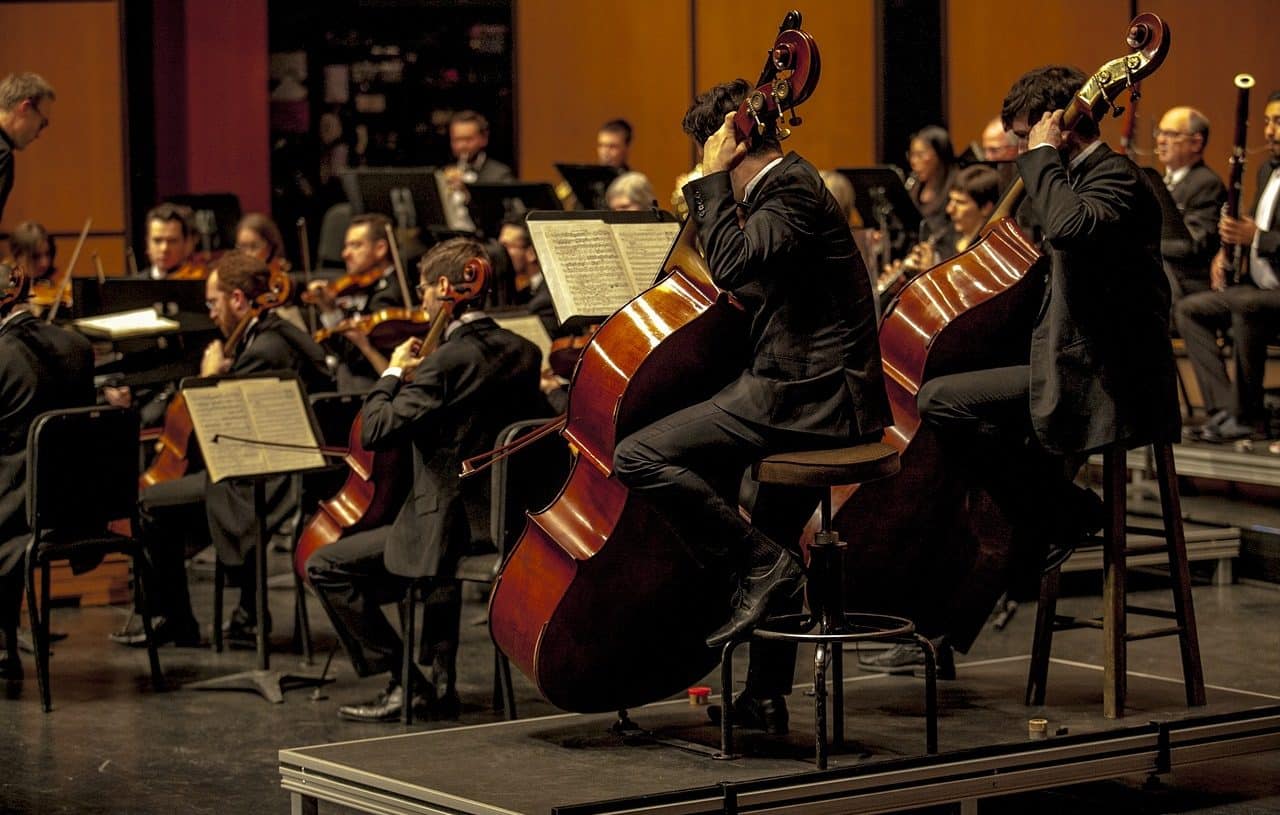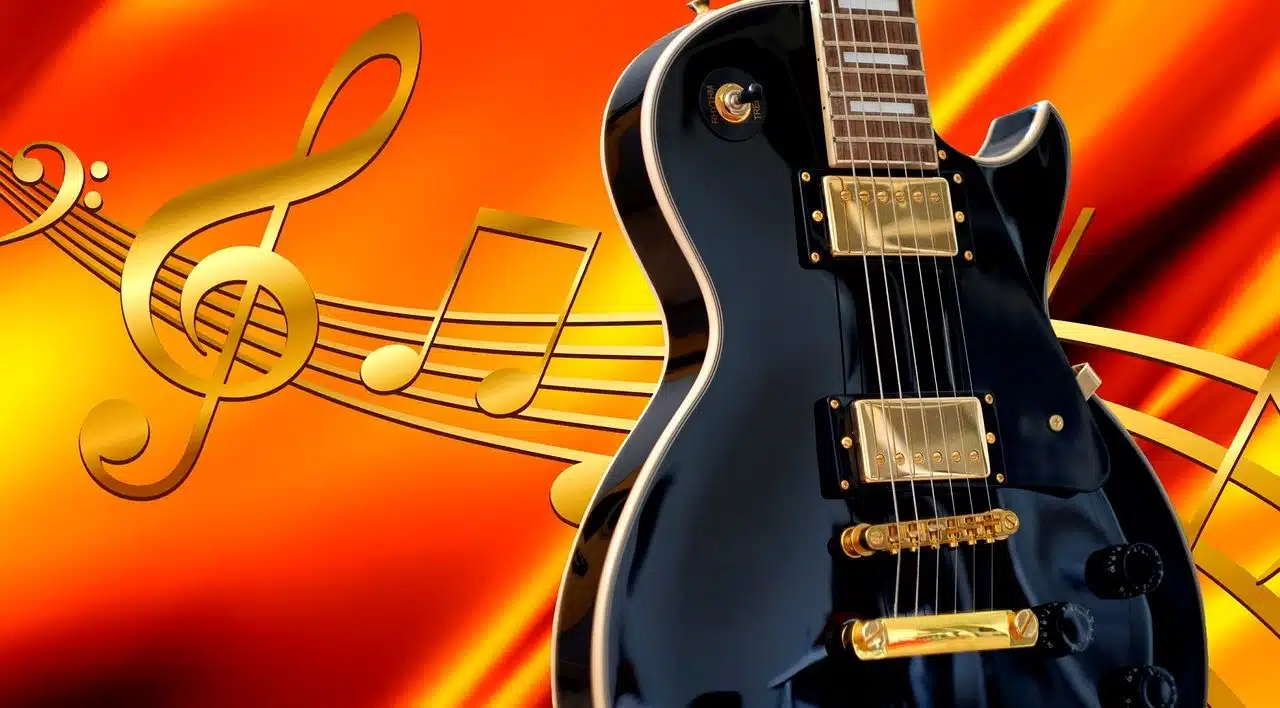A musical instrument is an element specially designed with the aim of generating, through it, one or more tones (or tones ) that, when combined, produce music .
It should be noted that, although it is possible to make sounds with a wide variety of everyday products, the concept of musical instrument is reserved for objects made with some resonant system and mechanisms for its vibration with which one aims to achieve a harmonious musical composition .
It should be noted that these articles of great relevance for artists dedicated to sound creation have existed since ancient times and, throughout history , have been transformed, evolved, diversified and achieved different uses (rituals, hunting, ceremonies, dances) or value according to the culture or community that has been using them.
Ancient musical instruments
Among the oldest musical instruments on record are the flute (made from the bones of different species of animals) and the hydraulic organ (an invention that became famous in shows, theatre performances, public presentations, etc.). It is also interesting to mention that some people communicated with horns taken from members of the local fauna when sending messages related to hunting operations.
Archaeological excavations at ancient Ur , meanwhile, uncovered everything from lyres , cymbals and harps to a double - stringed flute made of silver, a sistrum and a series of pipes also made of silver that could well be considered the predecessors of today's bagpipes .
The slit drum , the maraca , the primitive trumpet , the lute , the castanets and the xylophone are other archaic musical instruments . Some, such as the carnyx and the aulos , have ceased to be produced and used over the years.
Classification
Musical instruments can be classified based on their origin, the materials they are made of, their age, the function they perform or the way in which sound is produced using them.
Thus, rhythmic musical instruments become relevant, such as, for example, the drums ; harmonic instruments (such as the accordion and the piano ) and melodic instruments (such as the human voice ). We must not lose sight of the fact that there are some that fit into more than one category, as is the case with the violin , a melodic musical instrument that, within the framework of an orchestra , stands out for its harmonic function.
More widespread at a general level is the segmentation that divides them into string , percussion , wind and electroacoustic groups.
The chordophone family includes instruments in which sounds are generated by the vibrations of one (or more) strings , which are amplified through a resonance box .

An orchestra is made up of musicians who, playing different musical instruments, perform, guided by a conductor, one or more works throughout a concert.
By changing the length of a vibrating string , the tuning is adjusted, and by changing the tension or linear density, the desired tone is achieved. Musical instruments with a tuning fork , in particular, are adjusted from the vibrating zone in order to be played and sounded correctly.
While some chordophones are bowed strings without frets (like the double bass and viola ), others are bowed strings with frets (the hurdy - gurdy , for example).
Using a pick , a plectrum or the fingers of the hand, on the other hand, it is possible to pluck or press the strings of plucked string instruments . This group includes instruments with and without a neck, with and without a keyboard and with and without frets: mandolin , ukulele , electric guitar , harpsichord , etc.
The quijongo and the dulcimer , on the other hand, are from the family of percussive strings .
Among the aerophones (based on the vibration of air ) a strong, powerful tone is achieved with wind instruments designed in metal such as the trombone and the tuba . More melodious and soft is the tone of wooden aerophones such as the recorder and the oboe .
There are also membranophones (membrane percussion instruments) that are struck with metal brushes, mallets or hands, and idiophones (bells, keys, triangles).
Learning to know and play musical instruments
Artistic interest or simple curiosity can drive someone to want to learn and play musical instruments beyond the basic lessons that can be received at the initial, primary and secondary education levels.
There are self-taught people who acquire knowledge by accumulating theory and evolve musically through many hours of practice and dedication on an informal level, while other people who yearn to acquire an adequate technique and unleash their full potential as artists with a view to forging a solid professional career invest in lessons or classes, courses, seminars and continually train themselves to shine in front of the musical instrument that provokes the most passion in them.

Rhythm, harmony, melody, staff, musical key and score are concepts that anyone who wants to play an instrument well must know and understand.
It is not enough to know how to differentiate between wind , percussion or string instruments. Nor is it enough to be clear about what a musical note is and what it looks like, or to have the gift of recognizing each of the musical instruments that are involved in a song.
To play an instrument well, you have to prepare yourself by considering everything from musical notation (interpreting the staff , understanding a score or tablature ) to the most appropriate body position to adopt, among other issues.

